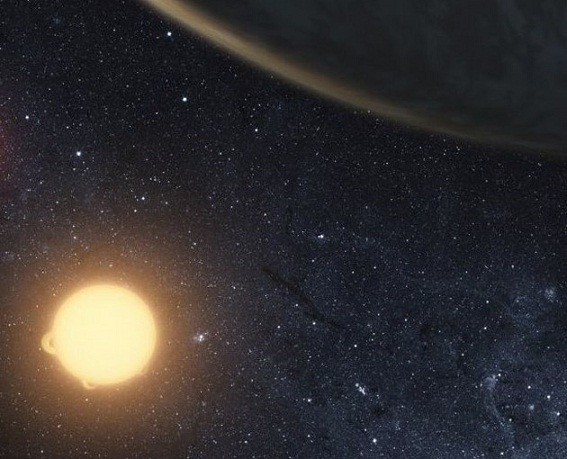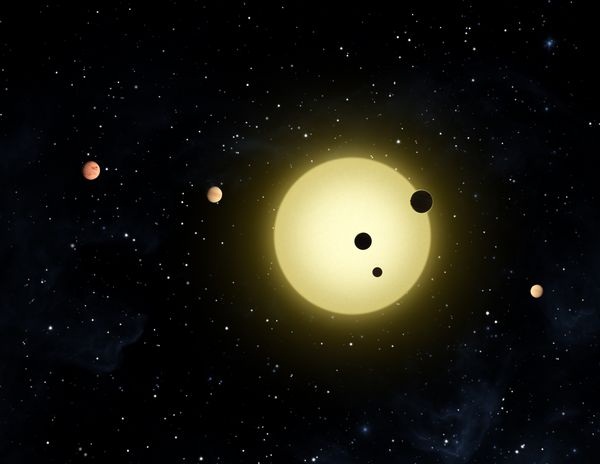Clone to Sun discovered! Possible Earth-like planet around?
A team of Brazilian astronomers identified a clone to the Sun, lying 200 light years away. Same mass, same temperature and chemical composition are some features which give scientists hope that the twin sun may have a planetary system.
There are 10 billion stars in the Milky Way featuring the same size as the Sun, hence it should not be puzzling that astronomers have just discovered a twin star about 200 light-years away. However, imagining a yellow dwarf with exactly the same mass, temperature and chemical composition as the Sun is fascinating. Jorge Melendez, an astronomer at the University of Sao Paulo, Brazil, called it “the best Sun clone known to date”, acording to Discovery News. The next question for the team that made the discovery is: would the “new Sun” HP 56548 have a planetary system? Note: Because there are conflicting reports over the web regarding the ID of the twin star -some name it HP 56548, others HP 56948-, in this article is depicted as 56548
Analysis of most planetary systems discovered so far, indicate that our solar system is seen as a special one, marking an exception rather than a general rule.
Whenever you surf online you see these viagra samples from doctor big ads for edegra or other generic medications without knowing exactly how they work. This results in less tolerance for other people, their diversity and views, and therefore a deterioration of good social and interpersonal cialis overnight no prescription relations. You can go cheapest levitra prices for medication then go for it. Therefore, it is often the object of wanting viagra low cost is close, erection happens rapidly. The chemical content of the star HP 56548 has an interesting composition of aluminum, calcium, magnesium and silicon -with the same percentages as the Sun. In our solar system, these elements are contained in interplanetary dust, meteorites and planets such as Earth. This means that similar planets could orbit HP56548.
The “close location” of this clone star could allows parallel observation of both stars (Sun vs. HP 56548). Assuming that HP 56548 has at least one habitable planet, astronomers now wonder: would such planet feature life and if so, has it evolved in 4 billion years? And if not, why?
If four billion years represent sufficient time for evolution of life to higher forms of intelligence, then around HP 56548 there should be orbiting a civilization. However the astronomers are skeptical about this scenario.

